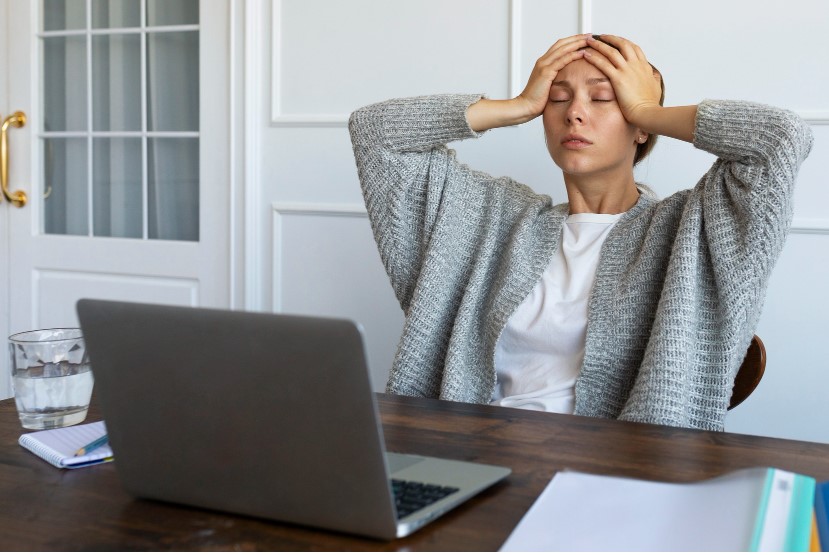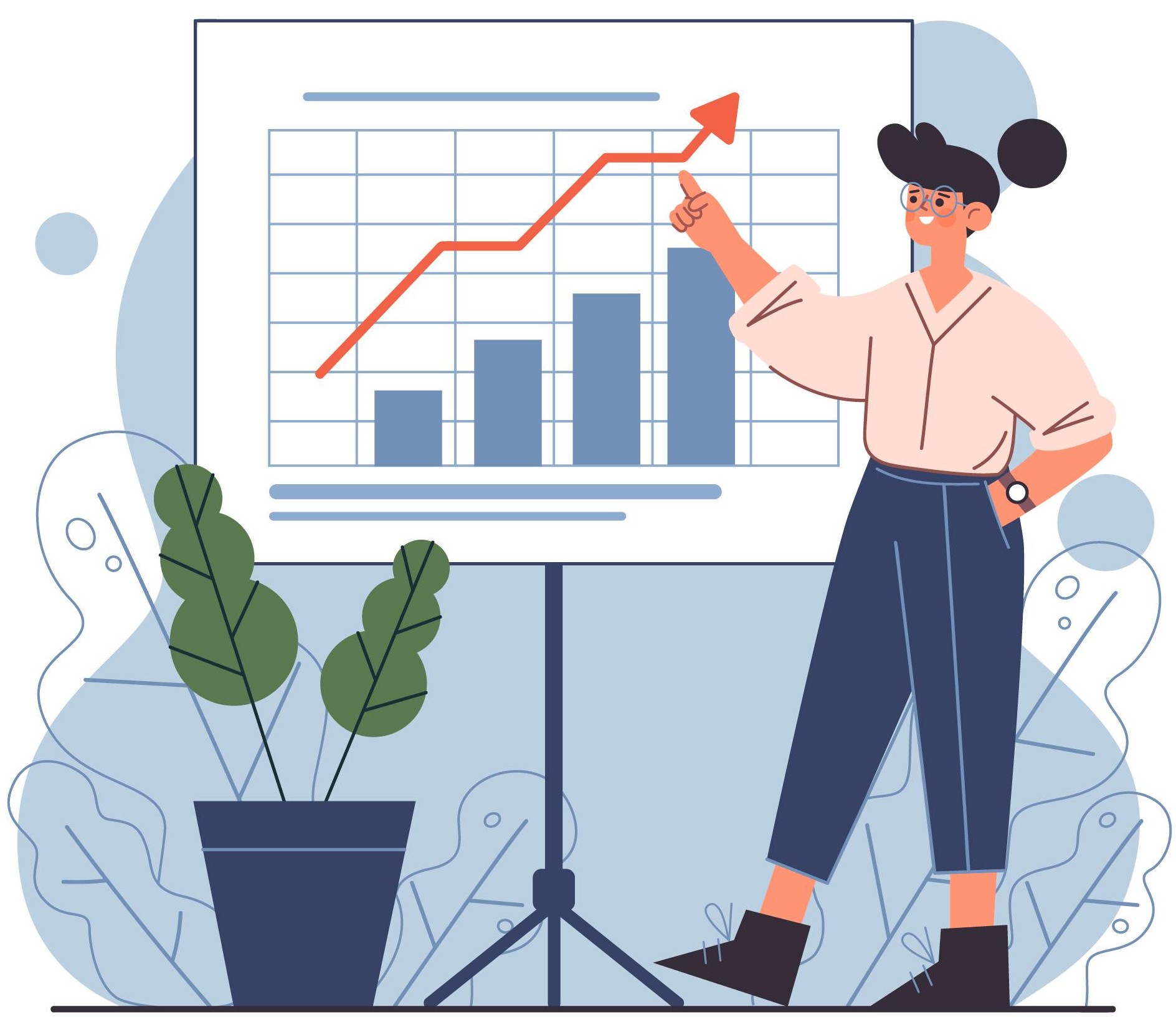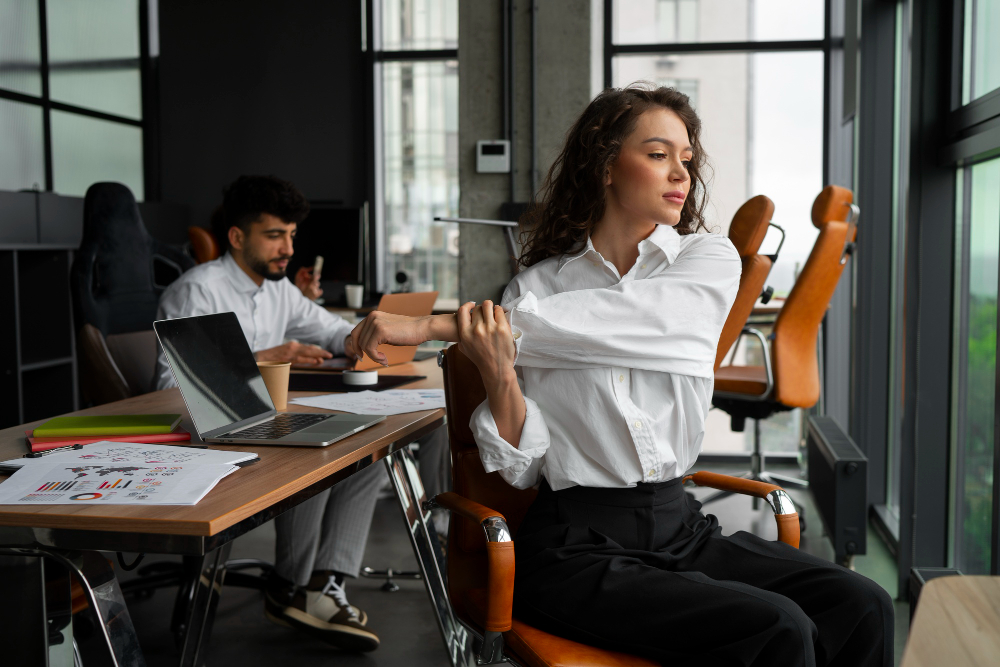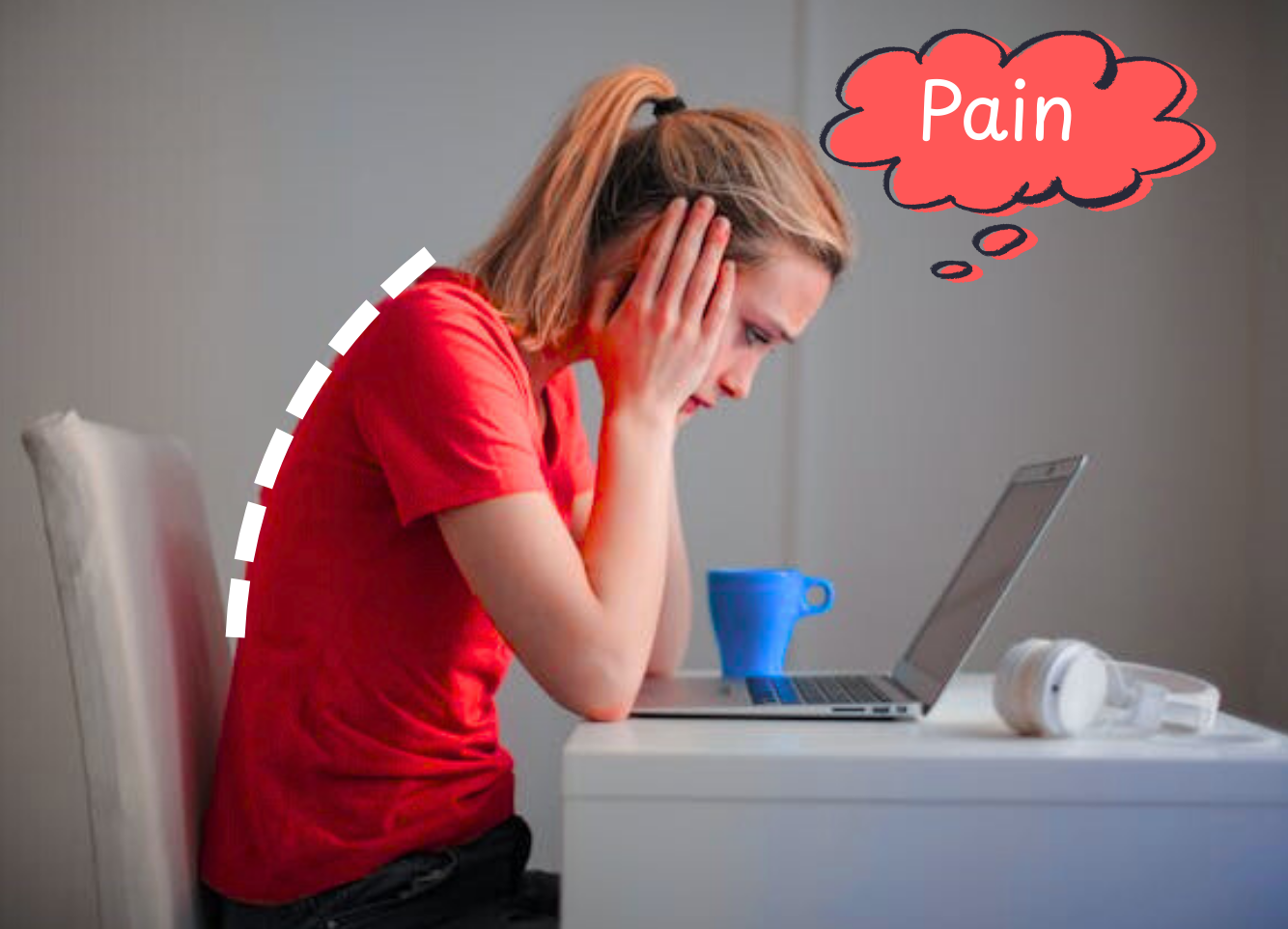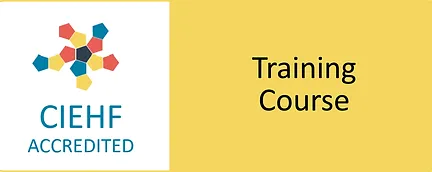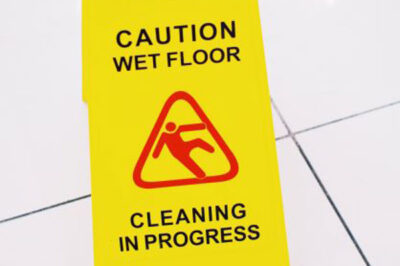 The office might not seem a likely place to experience harm and the chances of falling victim to a workplace-related injury. In reality, there are fewer injuries in an office environment than for those working in more manual environments, such as manufacturing or healthcare. However, an office can in fact be full of potential health and safety risks.
The office might not seem a likely place to experience harm and the chances of falling victim to a workplace-related injury. In reality, there are fewer injuries in an office environment than for those working in more manual environments, such as manufacturing or healthcare. However, an office can in fact be full of potential health and safety risks.
According to the Health and Safety Executive (HSE), almost half a million workers sustained a non-fatal injury in the workplace, as shown in self-reports from the Labour Force Survey in 2020/21. In this blog, we take a look at the most common causes of work-related injury risks and how, with often simple measures, they can be avoided within an office setting as much as possible.
Slips, trips and falls
The HSE found, from 2020/21 ‘slipping and tripping to be the single most common cause of major injury in UK workplaces, with 33 per cent of office workers experiencing this at least once during this time frame.
Offices could have a number of slip or trip hazards to be mindful of, which could put employees at an increased risk of suffering an injury if they are left unresolved. These may include loose cables, lifting flooring or carpets, blocked walkways and spills leaving wet floors.
Solutions:
- Keep cables properly secured – using products such as cable tidies can help.
- Ensure that any damages to flooring are dealt with efficiently, with affected areas cordoned off in the meantime if needed.
- Regular safety checks are conducted by an appropriate member of staff (for example a health and safety officer) to make sure equipment and furniture is stored away correctly.
- Mop up spills etc as soon as possible, ensuring equipment to do so is readily available around the office.
Use hazard signs when appropriate, including warning employees of a wet and/or slippery floor.
Manual handling
The term manual handling covers a wide variety of activities including lifting, lowering, pushing, pulling and carrying. The HSE’s latest report into non-fatal injuries in the workplace showed that handling, lifting and carrying were the second most common cause, with 18 per cent of respondents experiencing this.
Whilst there is likely to be only a small amount of manual handling required in an office job in particular, many employees may still find themselves in a position where they are required to help with these duties. If employees are not aware of how to carry out lifting and/or carrying correctly, they are at a much greater risk of experiencing an injury.
Solutions:
- Make sure that staff who may have to carry out lifting or handling as part of their role, even if it is only occasional, have the appropriate training in how to do so correctly.
- Consider the environment in which you are lifting and carrying, making sure you’re able to do so as safely and efficiently as possible.
- Reduce the load and weight of each lift where possible.
- Use lifting aids if required.
Being struck by falling objects
Objects falling from above can pose a serious danger in almost any type of work environment, including an office. Being struck by a falling object made up 10 per cent of work-related injuries between 2020 and 2021, according to the HSE.
One of the most common causes of being struck by a falling object in the office environment is likely to be when equipment isn’t stored away properly, particularly in or on overhead cupboards, or when handling objects incorrectly.
Solutions:
- Don’t store any objects, particularly sharp or heavy ones, on top of cabinets or cupboards.
- Make sure heavy items aren’t stacked on top of one another, even at a low level.
- Don’t open more than one drawer at a time on a filing cabinet or chest of drawers. This can increase the risk of it tipping over.
- Make sure regular checks are conducted throughout the office to ensure the correct storage practices are being adhered to.
Work-related violence
The Health and Safety Executive (HSE) defines work-related violence as ‘any incident in which a person is abused, threatened or assaulted in circumstances relating to their work’ and includes both physical and verbal violence. In 2020/21 it made up 8 per cent of work-related non-fatal injuries in this country.
Solutions:
- Report any incidents of work-related violence to your line manager or another member of the senior management team.
- Employers should provide clear policies in relation to violence and aggression, detailing their own responsibilities as well as those of their workforce
Injuries/pain caused by poor ergonomics
According to the HSE, 470,000 workers were suffering from work-related musculoskeletal disorders (MSD) (new or long-standing) in 2020/21.
Musculoskeletal disorders can affect muscles, joints and tendons in all parts of the body. Working for prolonged periods at an office desk with incorrectly set up equipment can lead to a number of musculoskeletal problems, in particular in the neck, shoulders, back and wrists, mainly due to improper posture.
This can have a significant impact on a person’s overall health and well-being and lead to workplace problems including reduced productivity in the workplace, absenteeism and reduced job satisfaction.
Solutions:
- Ask your employer to conduct a Display Screen Equipment (DSE) ergonomic assessment, which helps to identify hazards and risks that might impact on the health and well-being of each employee. Following this, appropriate changes will be made to the workstation to reduce the risk of work-related pain and discomfort and some additional recommendations may be made to further improve working conditions. Read our previous blog about the seven benefits of ergonomic assessments for employers and employees.
- Practice good posture at all times when at your desk.
- Take regular breaks from your workstation to relieve strain on your muscles.
- Do exercises at your desk to keep your body moving, helping to stop you from being in the same position for prolonged periods of time. Take a look at our blog about the best ‘deskercises’ to help.
- Seek the support of your line manager or other senior management team member if you feel you need further support around the ergonomics of your workstation, including additional equipment.
For more information about how Ergonix can help, get in touch with us today.
You can also read these previous blogs from us for more information and advice about ergonomics in the workplace:

